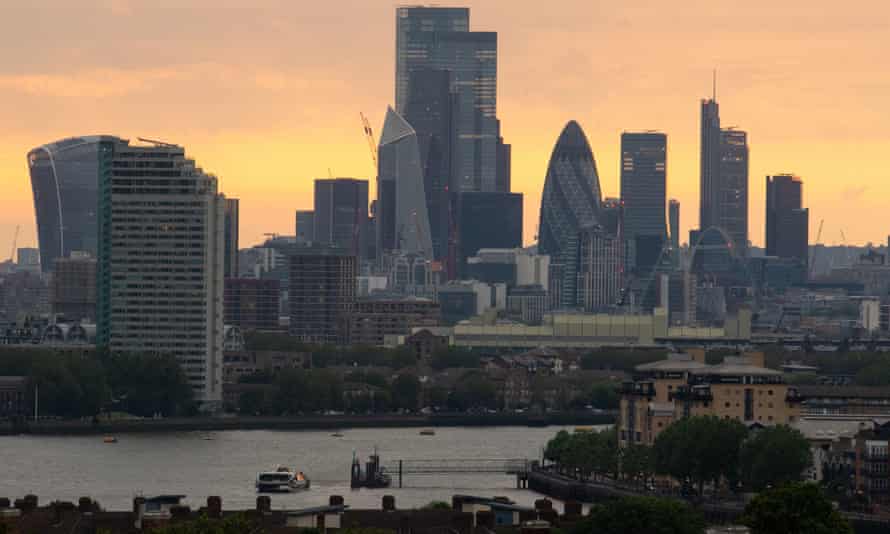Build on the past for a net zero future
Sue Miller and Sean Tompkins on the importance of retrofitting and reuse of materials in construction in order to reduce the UK’s carbon emissions

Your article on the importance of retrofit and reuse of buildings over new-build is most timely (Editorial, 18 August). As the planning bill makes its way through parliament this autumn, it could be amended to reflect the shocking disparity in carbon emissions that you highlight. Indeed, as the bill is likely to be debated while the UK hosts Cop26, it would seem perverse of the government not to take the opportunity to bring the planning system and construction industry into line with the Cop26 objectives.
Sue Miller
Liberal Democrat, House of Lords
Changes to VAT rates on the refurbishment and repair of buildings are long overdue. There are nearly 30m buildings in the UK, and approximately 28m of these will need to be retrofitted by the end of 2050 to meet our net zero commitments. Given that the energy used to run our homes accounts for over a quarter of all CO2 emissions, there is an urgent need to do more.
Beyond the sustainability imperative, retrofitting provides an opportunity to kickstart business activity and support green jobs.
Alongside retrofitting, we need a better understanding of how carbon is involved in each part of a building’s life cycle, from conception to construction, which would help guide decisions around the best materials to use and how they could be reused in future projects once a building has outlived its original occupancy. Only then can the full potential of retrofitting be harnessed to deliver the maximum environmental gains.
This would be a win-win in terms of economic growth, jobs and protecting the environment, and we urge the government to act at pace to ensure this critical opportunity is seized.
Sean Tompkins
Chief executive, Royal Institution of Chartered Surveyors